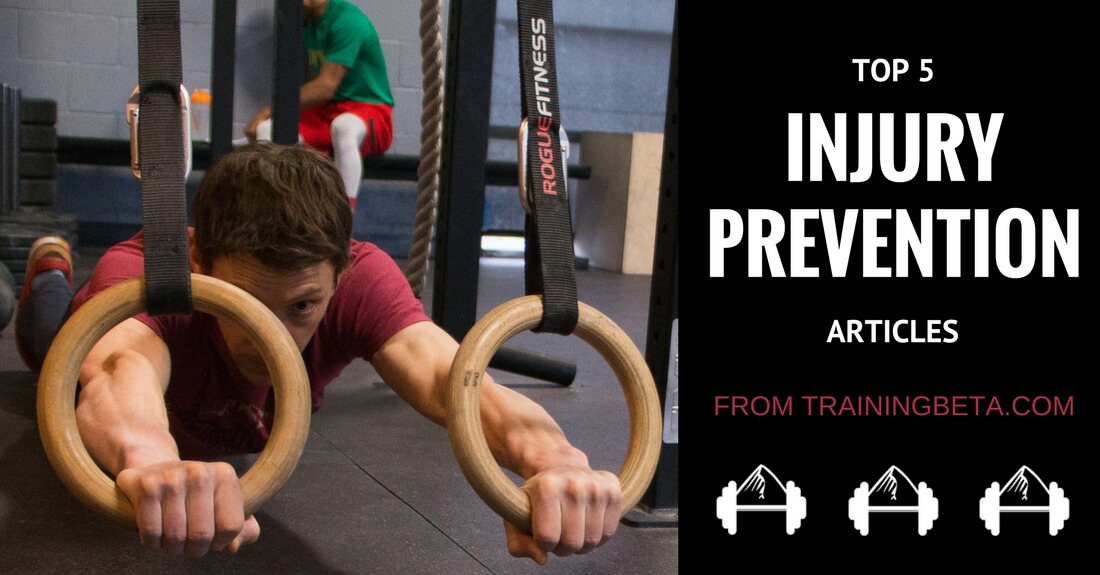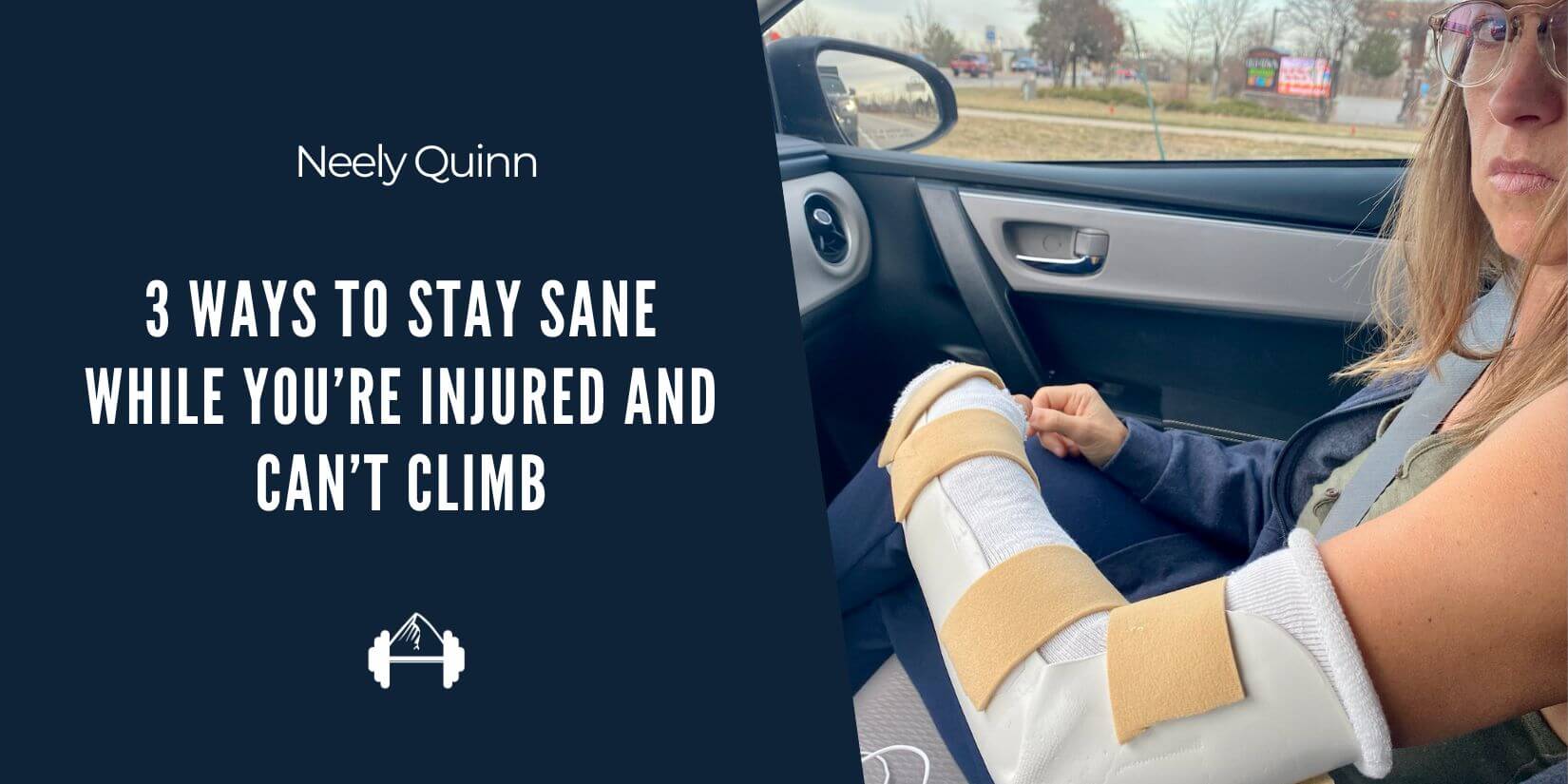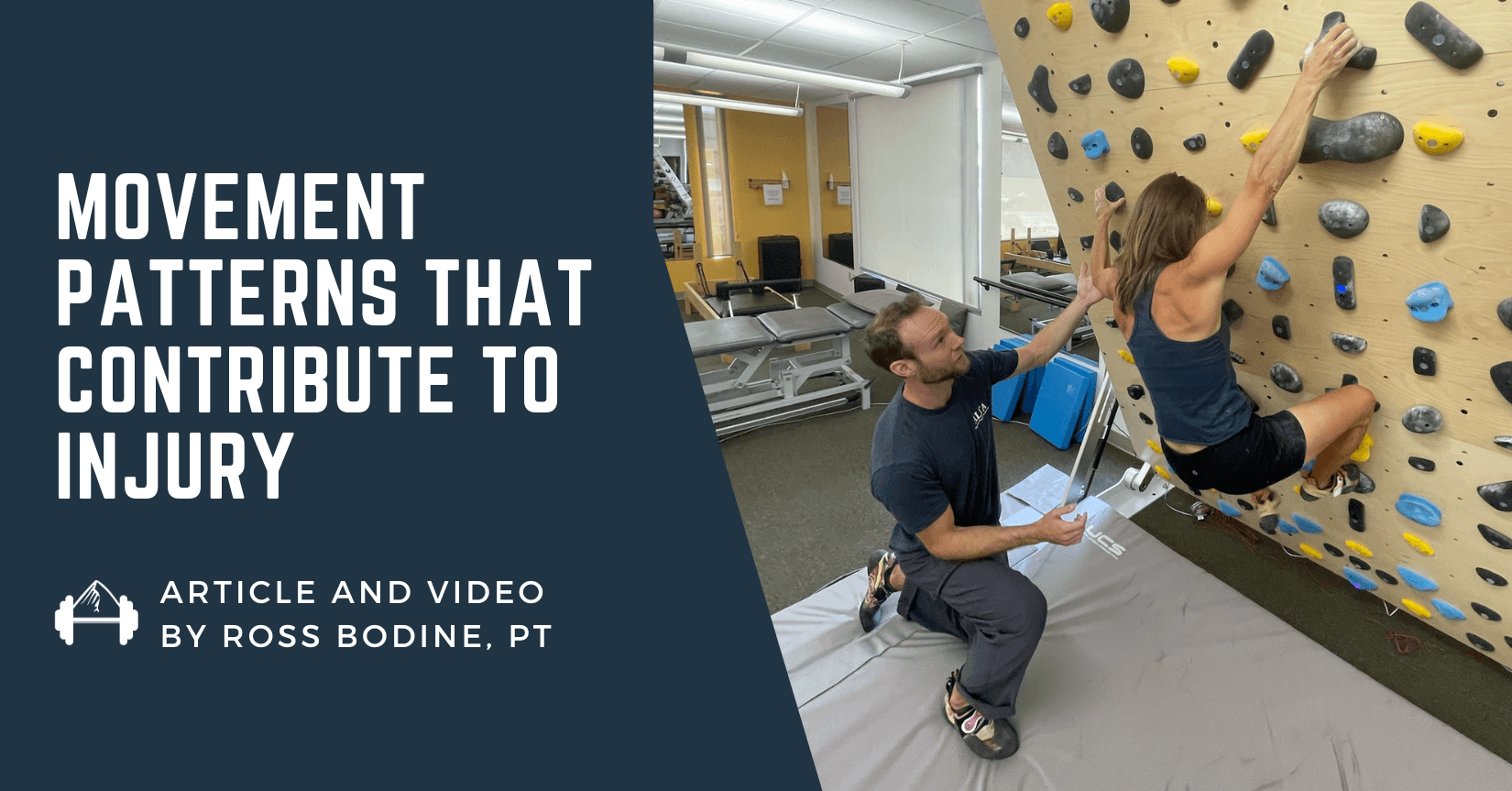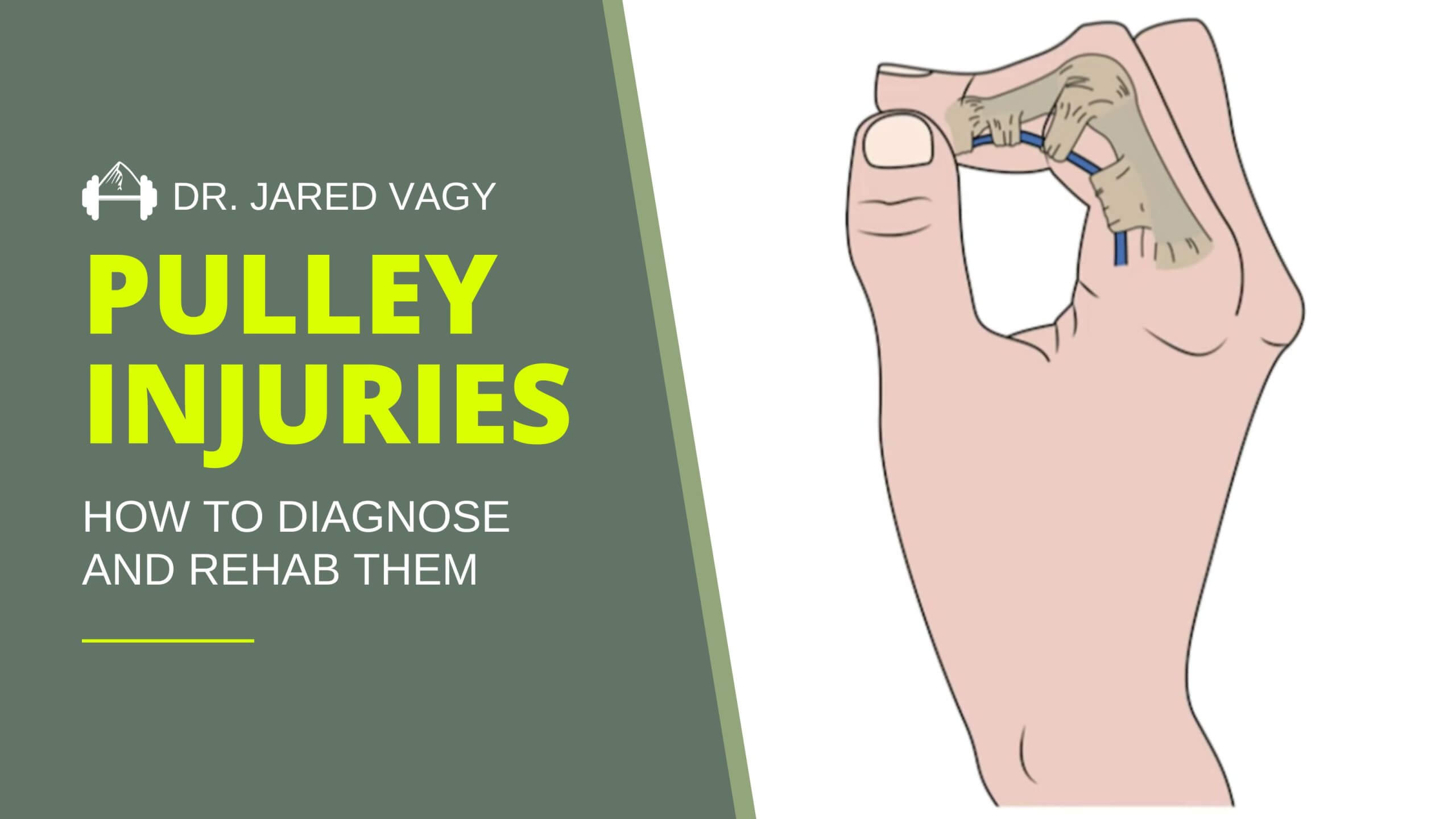Rock climbing and training for climbing is hard on our bodies. An unfortunate fact is that if you do it long enough chances are you are going to get injured. However, another fact is that through effective injury prevention work most climbing injuries are preventable.
Injury prevention work should be a part of every climbers regular routine. However, exactly what will help prevent injuries and what is just a waste of time is a little harder to figure out.
To help you decide exactly what you should be doing to stay healthy, here are the top 5 injury prevention articles from the TrainingBeta Blog. They will help you effectively manage the wear and tear hard climbing and training puts on your body so that you can stay injury free, keep climbing and training, and get stronger instead of hurt.
Top 5 Injury Prevention Articles
-
How to Strengthen the Rotator Cuff for Climbing
- “For a shoulder exercise to be effective it needs to be functional.”“For climbers, this means that the exercise must mirror what your arms do when you climb. Are our arms ever resting at our side and rotating outwards when we climb? Rarely.”“So when strengthening the shoulders, our body position must mirror what we actually do on the wall. The elbows need to be straight if you work overhangs and steep routes and the arms should be shoulder height or higher to reflect the true arm position on the wall.” – Dr. Jared Vagy
-
Training Antagonist Strength for Climbing
-
“Based on how a muscle is used while climbing should determine how it is trained. When training the triceps muscles, they should be targeted with eccentric exercise. This is how the muscle is typically used when climbing at the end ranges and under high load. However, when training the shoulder blades and wrist extensor muscles, they should be targeted with isometric exercises. Understanding muscle function during climbing and mirroring the muscle actions during training will make your exercises more effective. This will allow you to climb even harder and injury free.” – Dr. Jared Vagy
-
-
Effective Rotator Cuff Exercises
- “Improving the strength and flexibility of your rotator cuff and shoulder muscles can help mitigate injuries, as well as help you heal from existing injuries. Focusing on some prehab/rehab shoulder work builds the strength required for your muscles to hold the head of the humerus in place, allowing it to stay properly aligned as you climb.”“The key when strengthening the muscles of the rotator cuff is to understand that these 4 muscles are by no means powerhouse muscles. They require light resistance in order to be properly stimulated, otherwise the more dominant muscles of the shoulder will take over.” -Cristina Lizarazo
-
Dr. Volker Schoeffl on Taping
- “Volker Schoeffl M.D. literally wrote the book on climbing injuries…a must-own text titled One Move Too Many. In this series of short videos, Volker presents the best methods of taping common finger and elbow injuries.” – Eric Hörst
-
Hang Just Right: Shoulder Maintenance for Climbers
- “It’s a myth of climbing beta that we’ve all heard: hanging on your bones instead of engaging muscles conserves energy while resting on a climb. The fallacy of this myth is that the human body is not manufactured to function like a bag of rocks. Hanging loose puts undue stress, wear, and tear on the soft tissues that function to connect the bones in our shoulders, leading to a host of insidious injuries. The wild thing is that climbers are hanging loose even when energy conservation isn’t a concern, such as on the hangboard or pull-up bar.” – Esther Smith
Cover photo courtesy of Matt Pincus | @mpincus87





Leave A Comment